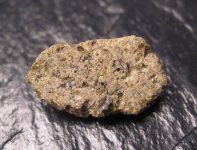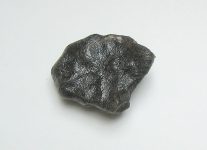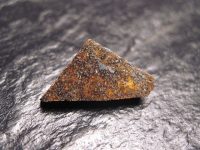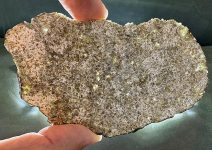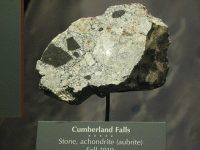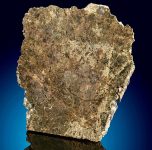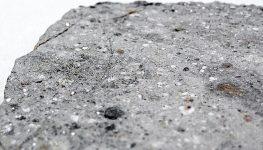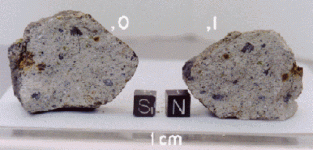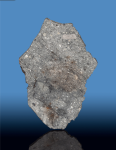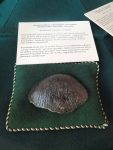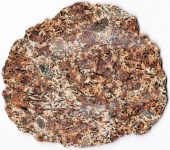Achondrite
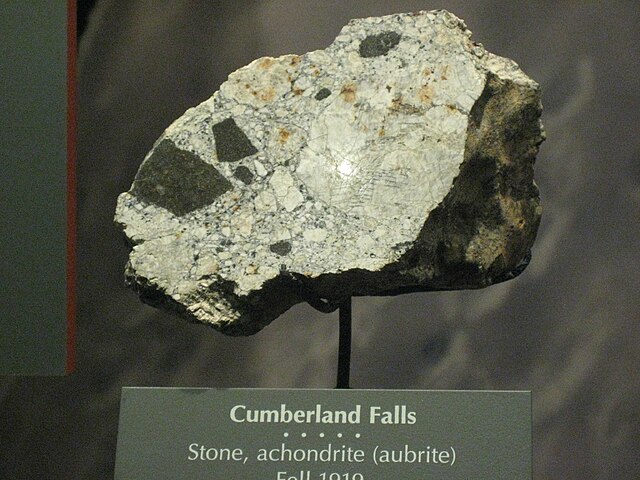
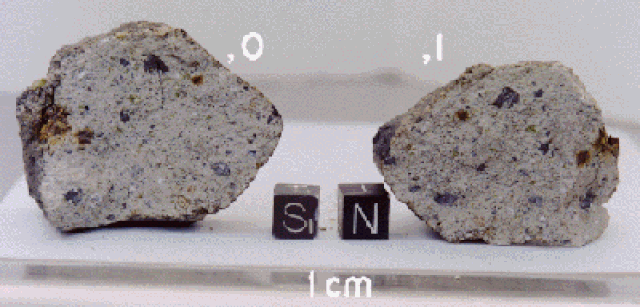
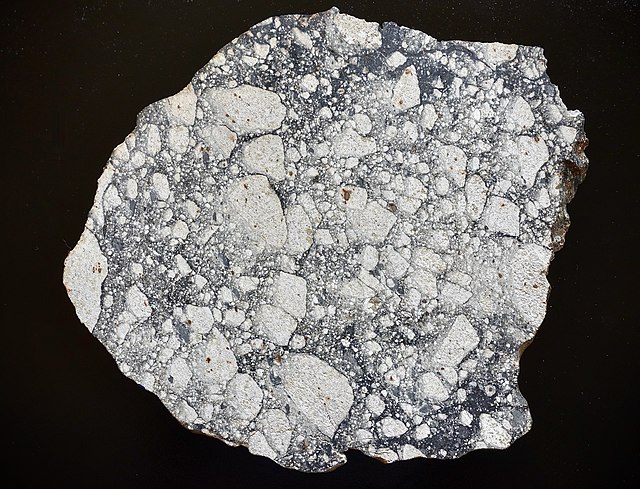
Achondrite
Achondrites are a class of stony meteorites that, unlike chondrites, do not contain chondrules. These meteorites have undergone significant differentiation and igneous processes, making them analogous to terrestrial igneous rocks. They are fragments of differentiated parent bodies, such as asteroids, the Moon, and Mars, and provide crucial insights into the geological processes that shape planetary bodies.
Composition and Structure
Achondrites are composed primarily of silicate minerals, with varying amounts of metal and sulfide depending on their specific type and origin.
Silicate Minerals
The primary silicate minerals found in achondrites include pyroxene, olivine, and plagioclase. The specific mineralogy can vary widely depending on the parent body and the degree of differentiation and igneous processing the meteorite has undergone.
Metal and Sulfides
Achondrites often contain metal (mainly iron-nickel alloys) and sulfides (such as troilite), though in smaller quantities than in chondrites. The presence and distribution of these components can provide information about the thermal and redox conditions during the formation of the parent body.
Textures
Achondrites exhibit a variety of textures, including coarse-grained igneous textures, brecciated textures from impact processes, and fine-grained textures resulting from rapid cooling. These textures offer clues about the cooling history and geological processes experienced by the parent body.
Classification of Achondrites
Achondrites are classified into several groups based on their mineralogy, chemistry, and isotopic compositions. The primary groups include HED meteorites, Martian meteorites, lunar meteorites, and a variety of other achondrites from differentiated asteroids.
HED Meteorites
The HED meteorites (Howardites, Eucrites, and Diogenites) are thought to originate from the asteroid Vesta. They are named for their primary mineralogies:
- Howardites: Brecciated meteorites containing a mix of eucritic and diogenitic material.
- Eucrites: Basaltic rocks composed mainly of pyroxene and plagioclase.
- Diogenites: Coarse-grained rocks dominated by orthopyroxene.
Martian Meteorites
Martian meteorites, also known as SNC meteorites (Shergottites, Nakhlites, and Chassignites), are igneous rocks from Mars. They provide valuable information about Martian geology and the planet’s volcanic and impact history.
- Shergottites: Basaltic or lherzolitic rocks, often exhibiting evidence of volcanic activity.
- Nakhlites: Clinopyroxenites, formed from magma that cooled slowly.
- Chassignites: Dunites, composed primarily of olivine.
Lunar Meteorites
Lunar meteorites are fragments of the Moon’s crust and mantle, ejected by impact events and delivered to Earth. They are classified based on their resemblance to Apollo samples, including highland and mare basalts.
Formation and Origin
Achondrites originate from differentiated parent bodies that have undergone melting and igneous differentiation.
Differentiation Process
The differentiation of parent bodies involves the partial melting of the original material, resulting in the separation of metal and silicate phases. This process creates a layered structure with a metallic core, silicate mantle, and crust, similar to the internal structure of terrestrial planets.
Parent Bodies
Achondrites come from a variety of parent bodies, each with its unique geological history. Studying these meteorites provides insights into the diversity of planetary formation and differentiation processes across the solar system.
Scientific Significance
Achondrites are of immense scientific value because they offer direct evidence of igneous processes and planetary differentiation.
Insights into Planetary Differentiation
By studying achondrites, scientists can understand the processes that lead to the formation of planetary cores, mantles, and crusts. This information helps to reconstruct the thermal and magmatic history of their parent bodies.
Clues about Volcanism and Impact Processes
Achondrites provide evidence of volcanic and impact processes on their parent bodies. For example, Martian meteorites reveal the history of volcanic activity on Mars, while lunar meteorites offer insights into the impact history of the Moon.
Comparative Planetology
The study of achondrites allows for comparisons between different planetary bodies. By comparing the mineralogy, chemistry, and isotopic compositions of achondrites, scientists can infer similarities and differences in the geological processes that shaped each body.
